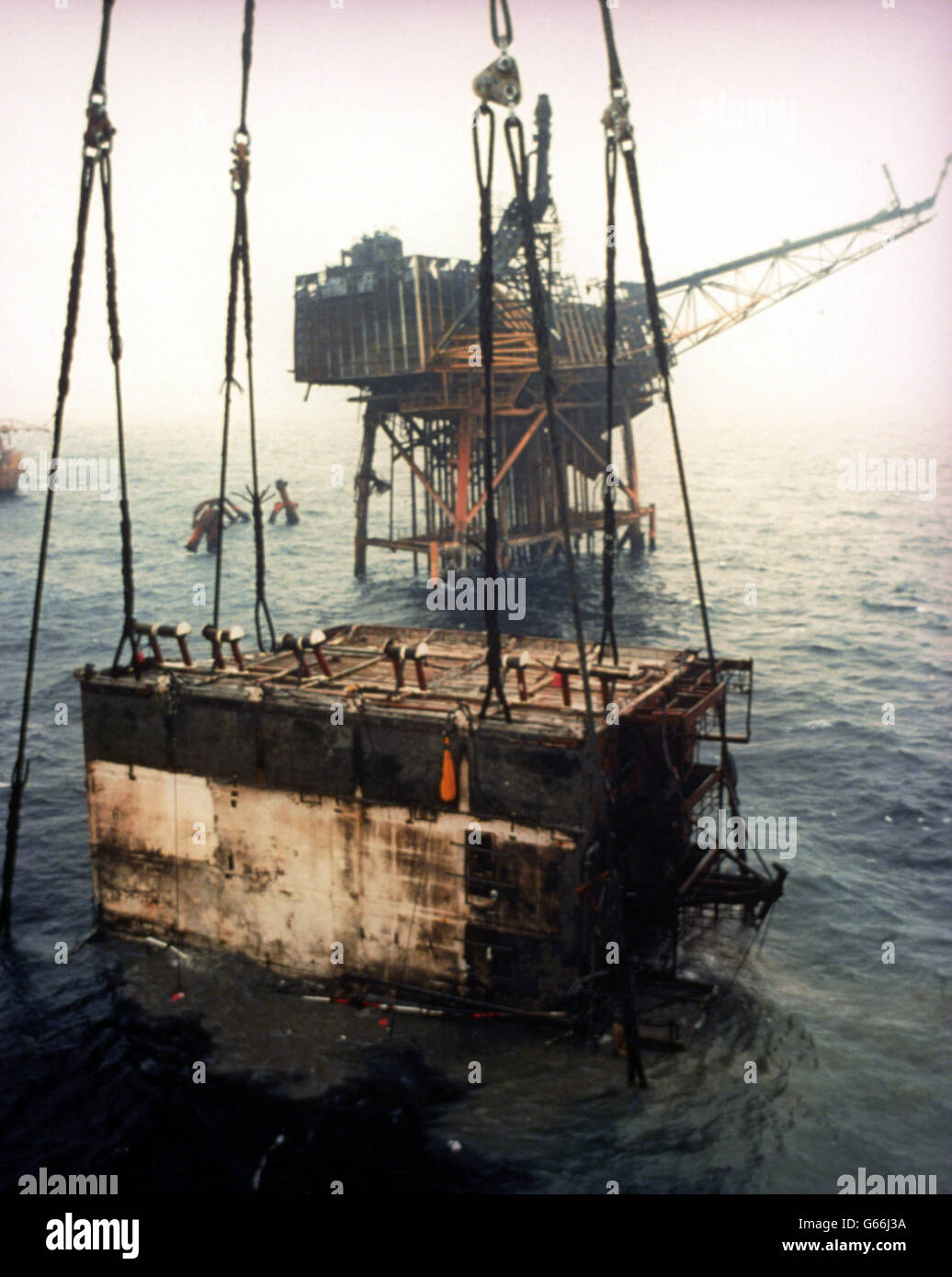
This model featured wings mounted high on the fuselage, an open cockpit, fabric-covered tubular steel fuselage and wooden wings.

In September 1930, Taylor introduced a two-seat tandem taildragger, the Taylor E-2. Piper reasoned that a small, simple airplane might cut the costs in half, enabling more people to learn and creating demand for the company’s products. Most of the trainers in those days were heavy biplanes with big radial engines and as a result were expensive to fly. Piper retained Gilbert Taylor as president and asked him to build an inexpensive, easy-to-fly trainer that the average person could afford to rent. for $761 as it emerged from bankruptcy in 1930. Piper, a Bradford, Pennsylvania, businessman who was running his family’s oil business, purchased a controlling share in the Taylor Aircraft Co. They’d built a handful of airplanes, but tragically Gordon Taylor was killed in an airplane crash and the company went bankrupt. Their goal was to produce and sell a small, two-seat, high-wing monoplane named the Chummy that cost $4,000 - about the price of a new house in 1928. Gilbert and Gordon Taylor, who together formed the Taylor Brothers Aircraft Co. The story of the Piper Cub begins with two barnstorming brothers, C. And when you got it slightly wrong, the J-3 wouldn’t let you off the hook without a lesson that could stay with you for a long time. When you did it just right in the Cub, the effect was magical. I can remember some days soloing in the Cub it would be just me and another pilot in a Stearman and still another in an old T-6, the three of us circling the pattern as though we’d been transported through time to a summer afternoon when the only things that mattered were seeing which way the wind moved the corn and making certain to get the stick all the way back at the last instant in the flare. That was in the late 1980s at a grass strip close to my home in northern New Jersey. I started out learning to fly in a 1946 J-3 when I was 15.

If you have flown a Cub, well, you don’t need to be told it’s one of the best-flying light airplanes ever made. Even if you’ve never sat behind the controls of one, you understand the importance of the J-3 to general aviation history. In the 1940s and 1950s, more pilots learned to fly in J-3 Cubs than any other model.

Introduced 75 years ago, the J-3 established the idea of a simple, inexpensive and easy-to-fly trainer. For generations of pilots, the object of our nostalgic affection is the Piper Cub. A Rawlings baseball improved by the scuffs and scars and patina of use. Simplicity and durability are defining characteristics of so many of the classic American products we love best: The Harley-Davidson Flathead.


 0 kommentar(er)
0 kommentar(er)
